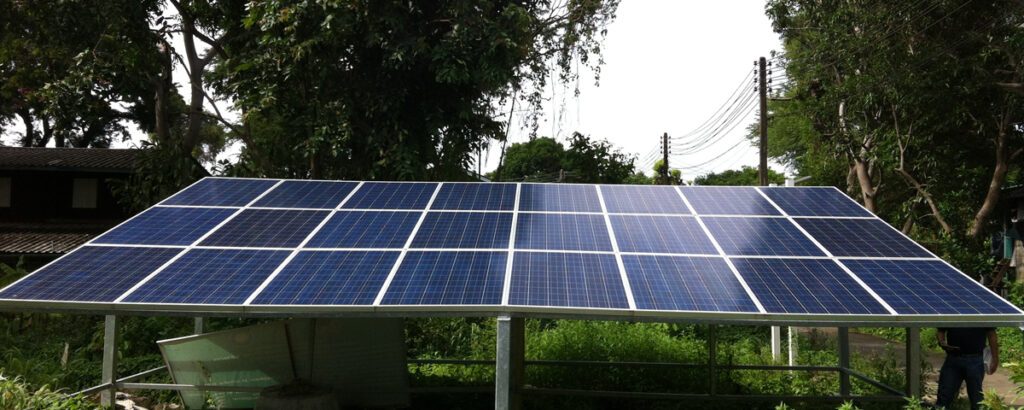Aggregation and gap analysis of existing electrification data in Myanmar

Project description
The objective of this project is to gain an understanding of the current and planned energy access situation in Shan State as a pilot region. The goal is to define the status of electrification of all villages, their socio-economic situation and their location, according to the most recent available public and private datasets. The deliverables will be the first step in a mini-grids planning strategy which the Department of Rural Development may use to estimate the overall potential for mini-grids in Myanmar at the Union-scale. The deliverable data should include information about current and planned hydropower, solar, solar-hybrid and diesel generation, particularly that of micro (y500kW), mini-) 0.5-1MW), and small-scale systems (1MW to 10 MW).
The deliverables from this assignment will form the foundation of a comprehensive geospatial model to more accurately predict how grid extension over time could affect mini-grid development in the near future and, importantly, where mini-grid investments appear most viable in the context of grid-extension. Furthermore, maps will be generated based on the most recent available public and private datasets to communicate the geospatial distribution of population in Shan State, the location of existing known power generation sites (including known mini-grid generation sites), and areas/townships, which are most remote. This assignment supports two aforementioned fields of actions: Policies, Strategies and Regulation and Private Sector Participation.
Project period: October 2016 – November 2016
© Image: RLI
Tasks
RLI assumes the following tasks within this research project:
- Data collection, anaylsis/processing and visualisation
- Capacity training in applying GIS software


